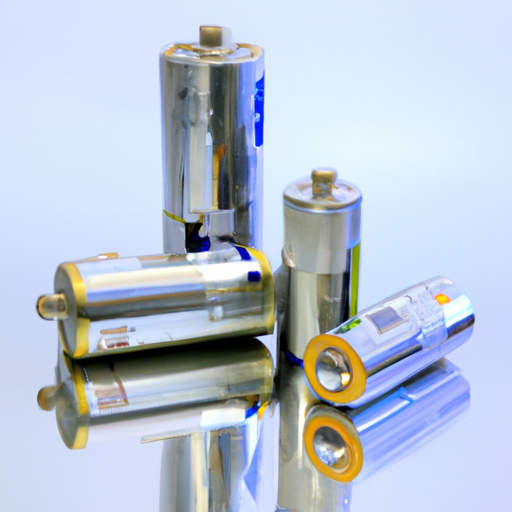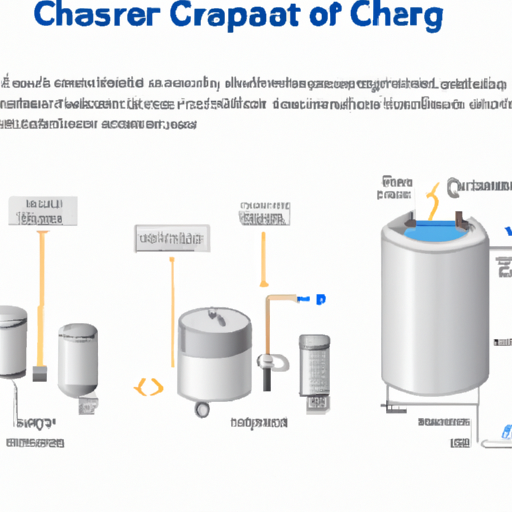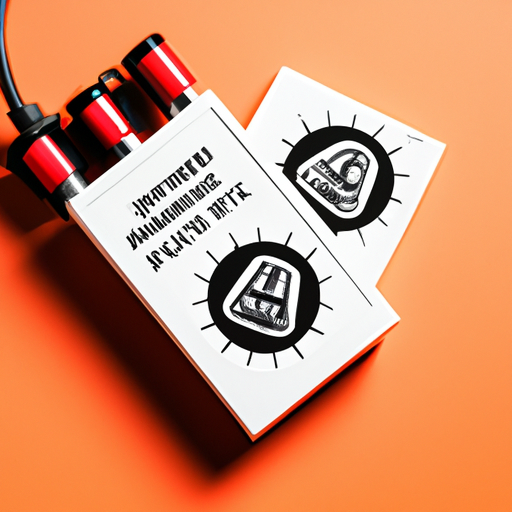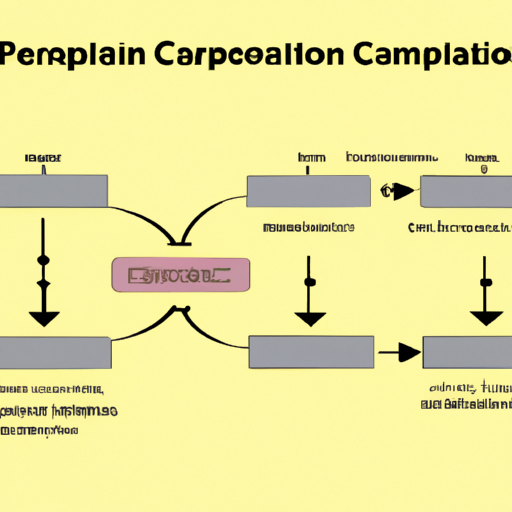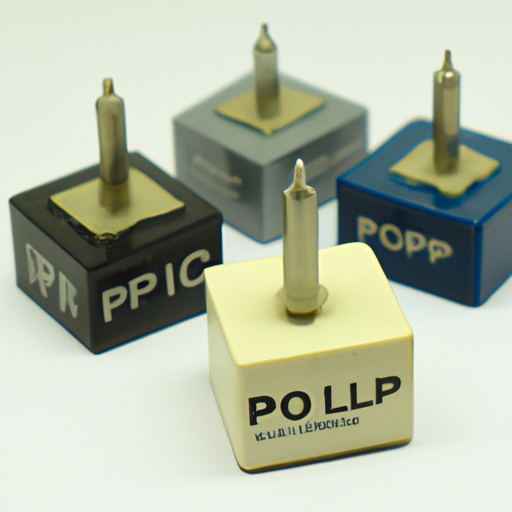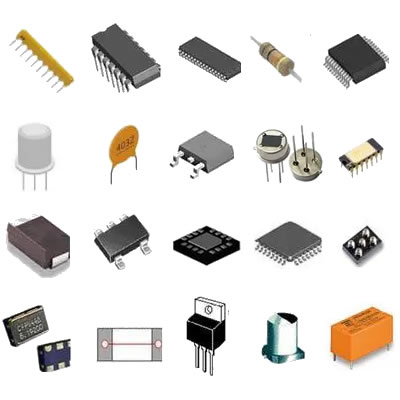What are the popular energy storage capacitor models?
Popular Energy Storage Capacitor Models
I. Introduction
In the realm of electronics and energy management, energy storage capacitors play a pivotal role. These components are essential for storing and releasing electrical energy, making them crucial in various applications, from consumer electronics to renewable energy systems. As the demand for efficient energy storage solutions continues to rise, understanding the different types of capacitors and their specific models becomes increasingly important. This article aims to provide an overview of popular energy storage capacitor models, their characteristics, applications, and future trends in the industry.
II. Basics of Capacitors
A. What is a Capacitor?
A capacitor is an electronic component that stores electrical energy in an electric field. It consists of two conductive plates separated by an insulating material known as a dielectric. When a voltage is applied across the plates, an electric field is created, allowing the capacitor to store energy. The amount of energy a capacitor can store is determined by its capacitance, which is measured in farads (F).
B. Types of Capacitors
Capacitors come in various types, each with unique characteristics and applications:
1. **Electrolytic Capacitors**: These capacitors use an electrolyte as one of their plates, allowing for higher capacitance values in a smaller size. They are commonly used in power supply circuits and audio applications.
2. **Ceramic Capacitors**: Known for their stability and reliability, ceramic capacitors are widely used in high-frequency applications. They are available in various capacitance values and voltage ratings.
3. **Film Capacitors**: These capacitors use a thin plastic film as the dielectric. They are known for their low ESR and high voltage ratings, making them suitable for applications requiring high reliability.
4. **Supercapacitors**: Also known as ultracapacitors, supercapacitors can store large amounts of energy and are capable of rapid charge and discharge cycles. They are increasingly used in energy storage systems and electric vehicles.
C. Energy Storage Principles
The energy stored in a capacitor can be calculated using the formula:
\[ E = \frac{1}{2} C V^2 \]
where \( E \) is the energy in joules, \( C \) is the capacitance in farads, and \( V \) is the voltage across the capacitor. Understanding these principles is crucial for selecting the right capacitor for specific applications.
III. Popular Energy Storage Capacitor Models
A. Electrolytic Capacitors
Electrolytic capacitors are widely used due to their high capacitance values and compact size. Some popular models include:
1. **Panasonic EEH-ZE Series**: Known for their long lifespan and high ripple current capability, these capacitors are ideal for power supply applications.
2. **Nichicon UHE Series**: These capacitors offer low ESR and high capacitance, making them suitable for audio and power supply circuits.
3. **Rubycon ZLJ Series**: With excellent performance in high-temperature environments, these capacitors are often used in industrial applications.
B. Ceramic Capacitors
Ceramic capacitors are favored for their stability and reliability. Notable models include:
1. **Murata GRM Series**: These capacitors are known for their small size and high capacitance values, making them ideal for compact electronic devices.
2. **TDK C3216 Series**: Offering a wide range of capacitance values, these capacitors are suitable for various applications, including automotive and telecommunications.
3. **Kemet C4 Series**: Known for their high voltage ratings and low ESR, these capacitors are often used in power electronics.
C. Film Capacitors
Film capacitors are recognized for their durability and performance. Popular models include:
1. **WIMA MKS Series**: These capacitors are known for their high reliability and are commonly used in audio and power applications.
2. **Vishay BFC Series**: Offering low ESR and high voltage ratings, these capacitors are suitable for industrial and automotive applications.
3. **EPCOS B32529 Series**: These capacitors are designed for high-frequency applications and are often used in power supply circuits.
D. Supercapacitors
Supercapacitors are gaining popularity for their ability to store large amounts of energy. Some well-known models are:
1. **Maxwell Technologies BMOD Series**: These supercapacitors are known for their high energy density and are commonly used in renewable energy systems.
2. **Panasonic EEC Series**: Offering high capacitance values and long cycle life, these supercapacitors are ideal for electric vehicles and energy storage applications.
3. **Kemet T530 Series**: These supercapacitors are designed for high-performance applications, including backup power systems and regenerative braking.
IV. Comparison of Energy Storage Capacitor Models
A. Performance Metrics
When comparing energy storage capacitors, several performance metrics are essential:
1. **Capacitance Values**: The capacitance value determines how much energy a capacitor can store. Higher capacitance values are typically required for applications that demand significant energy storage.
2. **Voltage Ratings**: The voltage rating indicates the maximum voltage a capacitor can handle. Selecting a capacitor with an appropriate voltage rating is crucial to prevent failure.
3. **ESR (Equivalent Series Resistance)**: ESR affects the efficiency of energy storage and discharge. Lower ESR values are preferred for applications requiring rapid charge and discharge cycles.
4. **Lifespan and Reliability**: The lifespan of a capacitor is influenced by factors such as temperature and voltage. Reliable capacitors are essential for applications where failure could lead to significant issues.
B. Application Suitability
Different types of capacitors are suited for various applications:
1. **Consumer Electronics**: Ceramic and electrolytic capacitors are commonly used in smartphones, tablets, and other electronic devices due to their compact size and reliability.
2. **Renewable Energy Systems**: Supercapacitors and electrolytic capacitors are often used in solar inverters and energy storage systems to manage energy fluctuations.
3. **Electric Vehicles**: Supercapacitors are increasingly used in electric vehicles for regenerative braking and energy storage, providing quick bursts of power.
4. **Industrial Applications**: Film capacitors are favored in industrial settings for their durability and performance in high-voltage applications.
V. Future Trends in Energy Storage Capacitors
A. Innovations in Capacitor Technology
The capacitor industry is witnessing several innovations, including:
1. **Development of New Materials**: Researchers are exploring advanced materials to enhance capacitance and energy density, leading to more efficient capacitors.
2. **Miniaturization and Integration**: As electronic devices become smaller, the demand for compact capacitors that can be easily integrated into circuits is increasing.
B. Market Trends and Demands
The market for energy storage capacitors is evolving due to:
1. **Growing Need for Energy Efficiency**: As industries strive for energy efficiency, capacitors that can store and release energy effectively are in high demand.
2. **Impact of Renewable Energy Sources**: The rise of renewable energy sources necessitates efficient energy storage solutions, driving innovation in capacitor technology.
C. Potential Challenges and Solutions
Despite advancements, challenges remain, including:
1. **Cost of Advanced Materials**: The development of new materials can be costly, impacting the overall price of capacitors.
2. **Environmental Concerns**: The production and disposal of capacitors raise environmental issues that need to be addressed through sustainable practices.
VI. Conclusion
Energy storage capacitors are integral to modern electronics and energy management systems. Understanding the various types and popular models is essential for selecting the right capacitor for specific applications. As technology continues to evolve, innovations in capacitor design and materials will play a crucial role in meeting the growing demand for efficient energy storage solutions. The future of energy storage technology looks promising, with advancements that will enhance performance, reliability, and sustainability.
VII. References
1. "Capacitor Basics: What is a Capacitor?" Electronics Tutorials.
2. "Understanding Capacitors: Types and Applications," IEEE Spectrum.
3. "The Future of Energy Storage: Trends and Innovations," Journal of Energy Storage.
4. "Supercapacitors: A Comprehensive Overview," Energy Storage Journal.
This blog post provides a detailed exploration of popular energy storage capacitor models, their characteristics, applications, and future trends, offering valuable insights for anyone interested in the field of energy storage technology.

